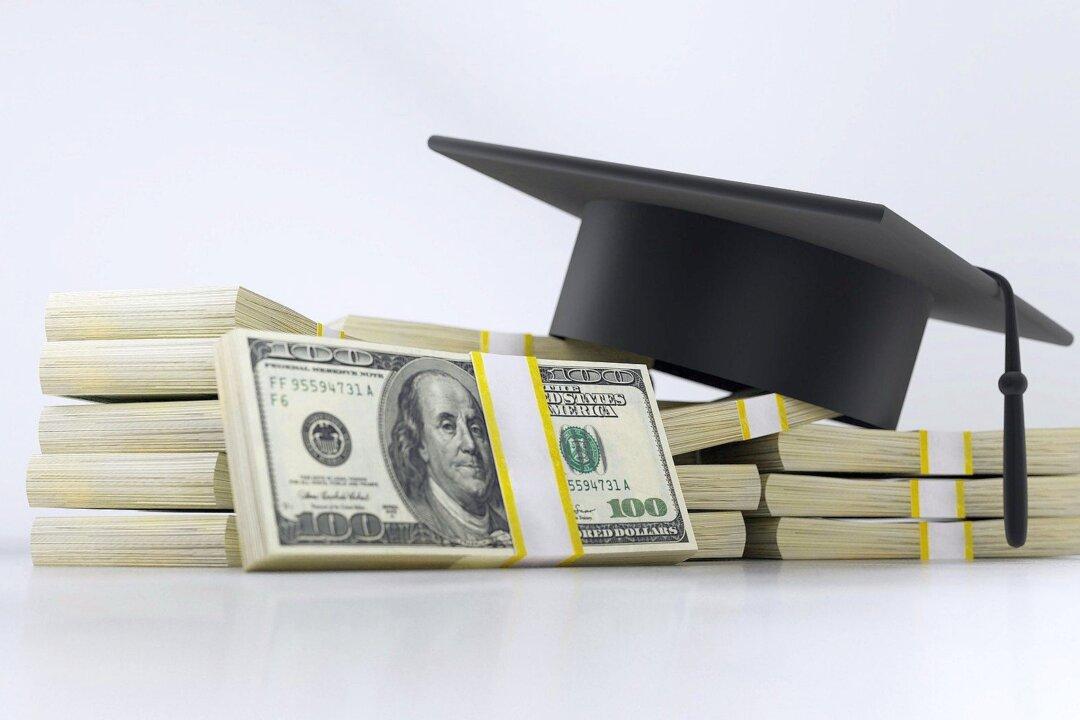After going to college or grad school for years, it is easy to understand why starting life with a tremendous student loan debt can be daunting and is undesirable. For some people, it can take years to pay, and student loan debt can make it difficult to get loans for other things.
Obtaining student loan forgiveness would surely help many people, whether young or old. Erasing your debt through student loan forgiveness is possible, but only under certain circumstances.






